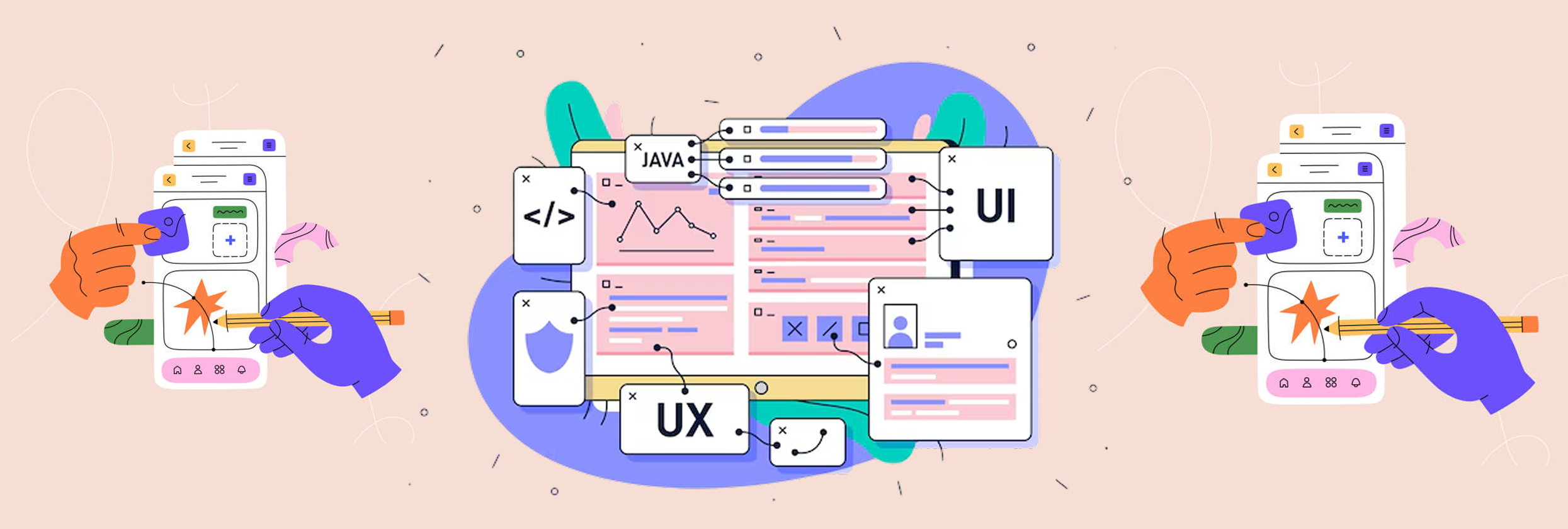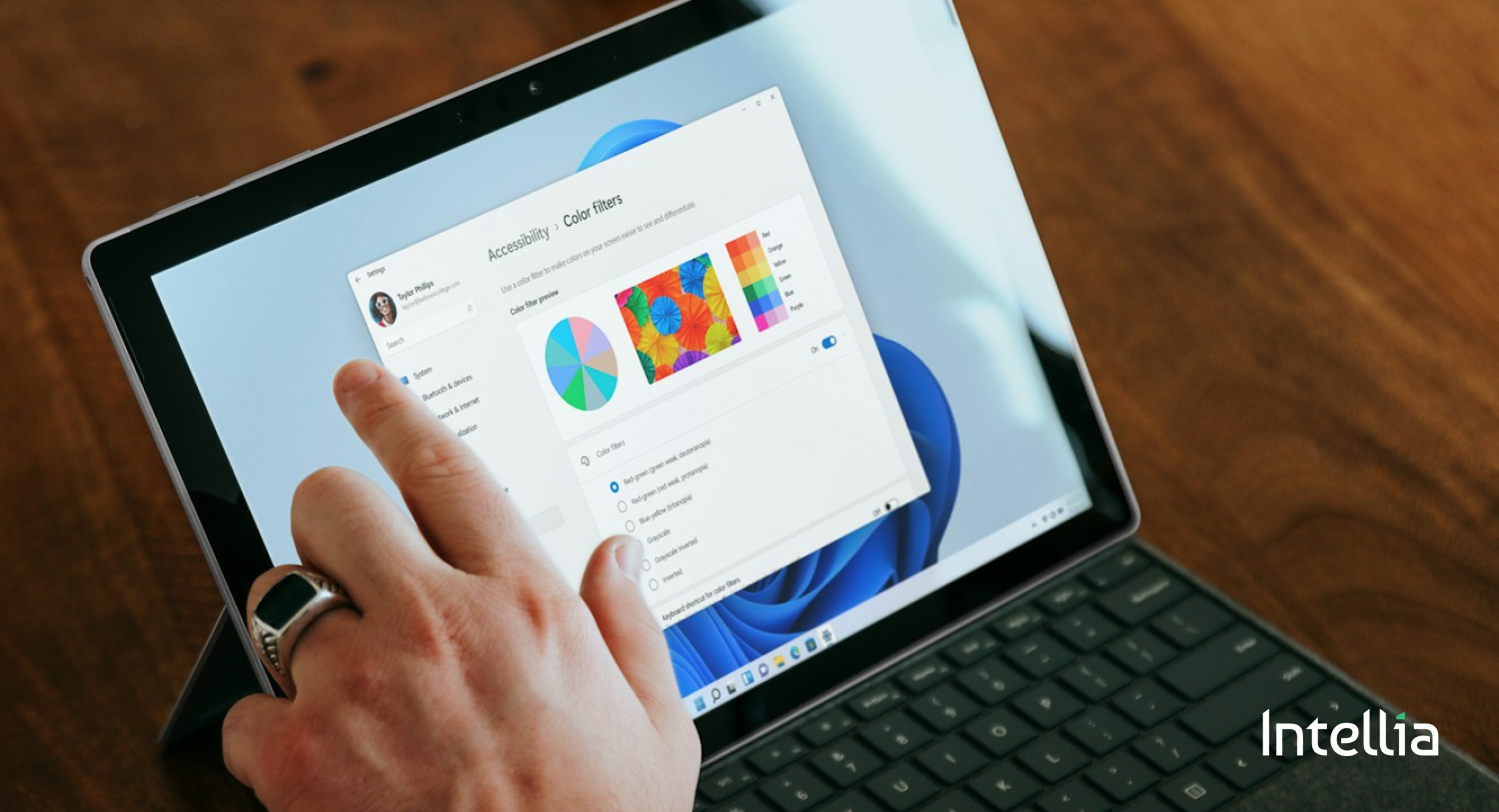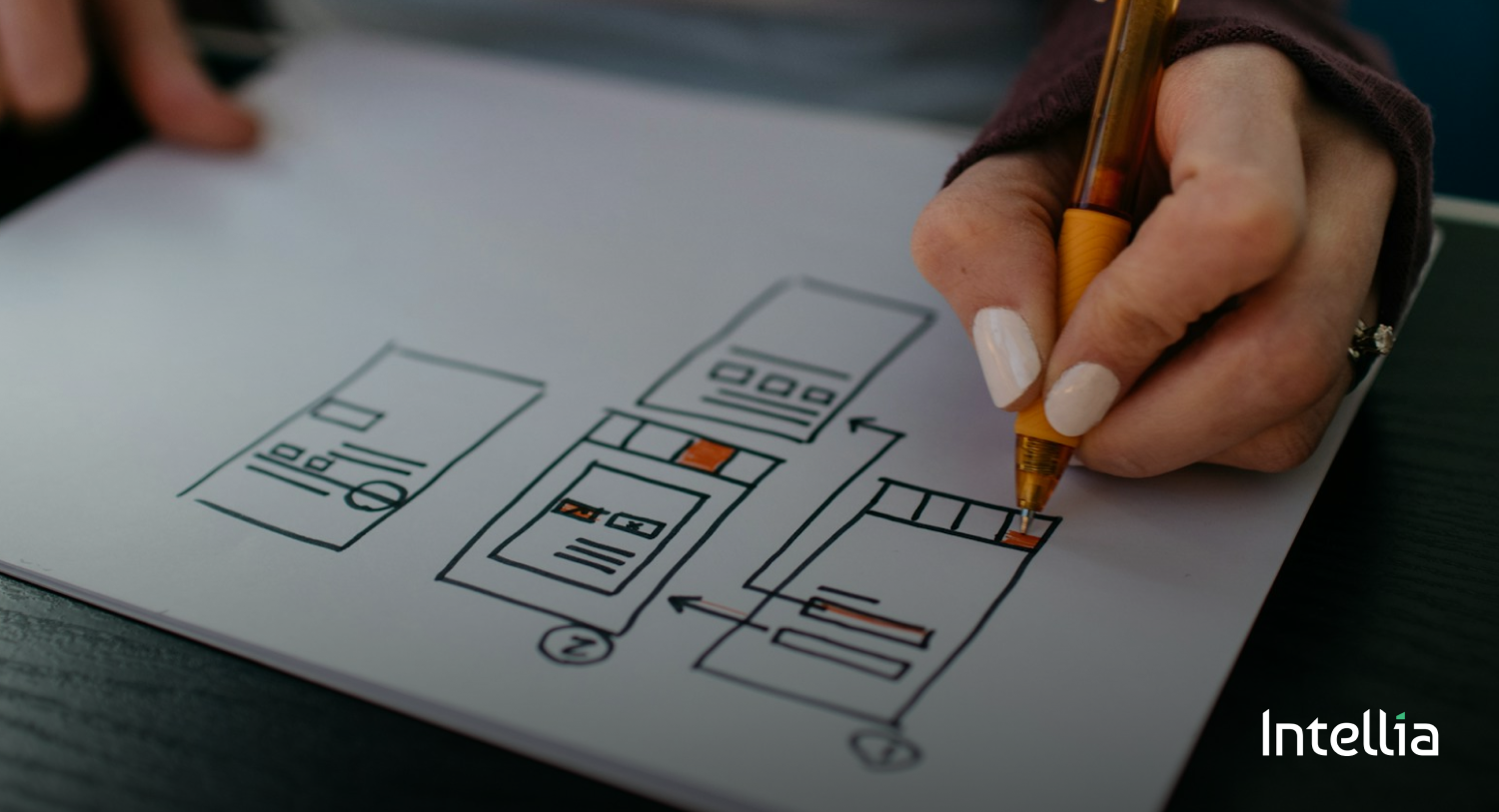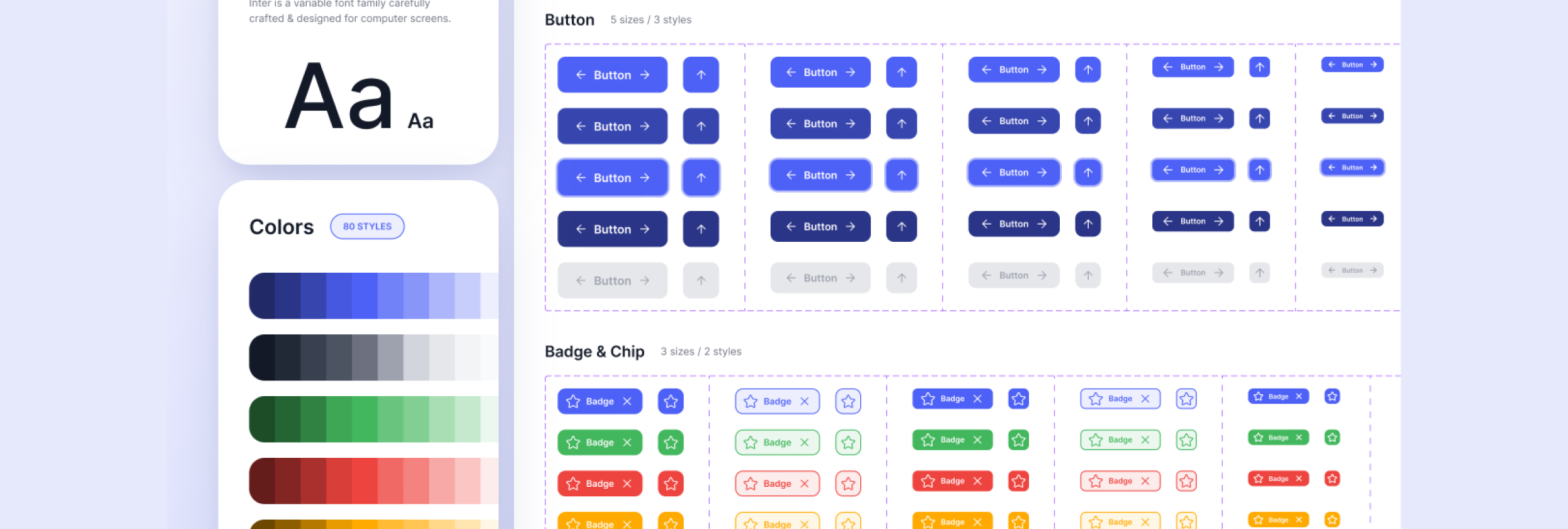Your website or app is more than just a digital presence—it’s a business tool, brand ambassador, and user gateway. As design and development technologies evolve and user expectations shift rapidly, staying current isn’t optional—it’s essential. But how do you know when it’s time to invest in a full redesign rather than simply patching up what you have? In this article, we’ll walk through the most reliable signs that signal it’s time for a redesign, helping you make an informed decision for your business.
____________________________________________
1. Your Site or App Isn’t Meeting Your Business Goals
One of the clearest indicators that a redesign is needed: your digital product isn’t delivering on what your business needs. Whether it’s lead generation, sales conversions, user engagement, or brand positioning, if the numbers are slipping, it’s a red flag.
• For instance, if your website traffic remains constant but form submissions drop, this suggests the conversion funnel is broken. 
• If your app’s user retention declines and churn rises, it might be time to re-evaluate the UX, features, or even platform.
• Sometimes the underlying issue isn’t just design—it may be outdated technology, poor navigation, or lack of mobile readiness.
What to do:
Perform an analytics review: look at bounce rate, conversion rate, session duration, user behaviour flows. Compare against your goals. If your results are significantly below expectations (and you’ve already optimized content, SEO, marketing), a redesign may be the strategic solution.
____________________________________________
2. The Technology, Platform or CMS Is Outdated
Even if your site “looks okay,” underlying technology can sabotage performance, maintainability and future growth.
• If your CMS is no longer supported, plugins are failing, or your backend is a patchwork of hacks, you’re probably overdue. 
• Performance issues such as slow loading times, poor mobile responsiveness or frequent errors indicate the tech stack isn’t keeping up. 
• If your app or website cannot scale (e.g., handling growth in traffic, new features, integrations), it’s a major sign to redesign. 
What to do:
Audit your architecture, CMS, plugin/integration stack, page speed, mobile performance and maintenance burden. If the cost to maintain or update the site is escalating, a redesign may save time and money in the long run.
____________________________________________
3. The Design Looks and Feels Dated
User expectations evolve fast. A site or app that looked modern a few years ago may now feel stale or unprofessional—and that perception affects trust, usability and conversions.
• Studies show a large percentage of users form an opinion about a brand’s credibility based on its website’s visual design. 
• If you’re embarrassed to share your URL or application with clients, colleagues or prospects, that’s a clear clue. 
• Poor mobile design, outdated layout patterns, typography that feels old-school, or simply a brand identity that no longer aligns are all signs. 
What to do:
Compare your site/app to competitor digital presences and to current design trends. If you’re significantly behind, plan for a redesign that refreshes your brand, UI/UX and mobile experience—not just cosmetic “refresh.”
____________________________________________
4. Mobile, Accessibility & User Experience Are Struggling
If your business has evolved, new services, new audience, rebranding—your website or app needs to reflect that evolution. Otherwise you risk sending inconsistent messages or confusing visitors.
• A brand update (logo, messaging, tone) should always trigger a site update. 
• If your audience has shifted (for example from B2C to B2B, or if you’re targeting new demographics) but the site still speaks to your old audience, you’re misaligned.
• If your content strategy has matured (you’re blogging, publishing content, engaging leads) but your site’s architecture wasn’t built for this, you may need a rebuild.
What to do:
Review your current and future business strategy. Does your website or app reflect your current offerings, target audience, brand promise and content goals? If not, plan a redesign aligned with your updated strategy.
____________________________________________
5. Your Brand Strategy, Content or Target Audience Has Changed
If your business has evolved—new services, new audience, rebranding—your website or app needs to reflect that evolution. Otherwise you risk sending inconsistent messages or confusing visitors.
• A brand update (logo, messaging, tone) should always trigger a site update. 
• If your audience has shifted (for example from B2C to B2B, or if you’re targeting new demographics) but the site still speaks to your old audience, you’re misaligned.
• If your content strategy has matured (you’re blogging, publishing content, engaging leads) but your site’s architecture wasn’t built for this, you may need a rebuild. 
What to do:
Review your current and future business strategy. Does your website or app reflect your current offerings, target audience, brand promise and content goals? If not, plan a redesign aligned with your updated strategy.
____________________________________________
6. Your Search Engine Rankings or Traffic Are Slipping
Traffic and rankings are often the first measurable signals that something is wrong—beyond just design aesthetics.
• A consistent drop in organic traffic, high bounce rates or low engagement often means the site is no longer competitive. 
• Poor SEO structure, slow load time, mobile issues and outdated content all contribute to ranking decline—and redesign gives you a chance to fix them. 
• Note: a redesign isn’t guaranteed to fix SEO issues, but if your site is built on an outdated platform or technology, a redesign can make optimization easier.
What to do:
Use tools like Google Search Console to check for indexing errors, Core Web Vitals, bounce rate, mobile usability. If you’ve optimized content and marketing but still see decline, your underlying structure might need redesign.
____________________________________________
Conclusion
Identifying the right time to redesign your website or app is crucial. Waiting too long can cost you credibility, usability, conversions and brand perception. On the other hand, redesigning too frequently without proper reasons can waste resources. The six signs above—business goal under-performance, outdated technology, stale design, poor UX/mobile experience, brand strategy changes and traffic or ranking decline—offer a solid decision framework.
Why Partner with Intellia Studio in Boise, USA
If you’re noticing one or more of these signs and wondering where to go next, the team at Intellia Studio is ready to help. Based in Boise, Idaho, we specialise in design and development services—from full website and app rebuilds to UI/UX strategy, performance optimisation and scalable technology solutions. Whether you need a minor refresh or a full redesign aligned with a changing brand strategy, we offer the expertise, process and collaboration you need to succeed.
Ready for a conversation? Visit www.intellia.studio to schedule a discovery call and explore how we can help transform your digital presence.











